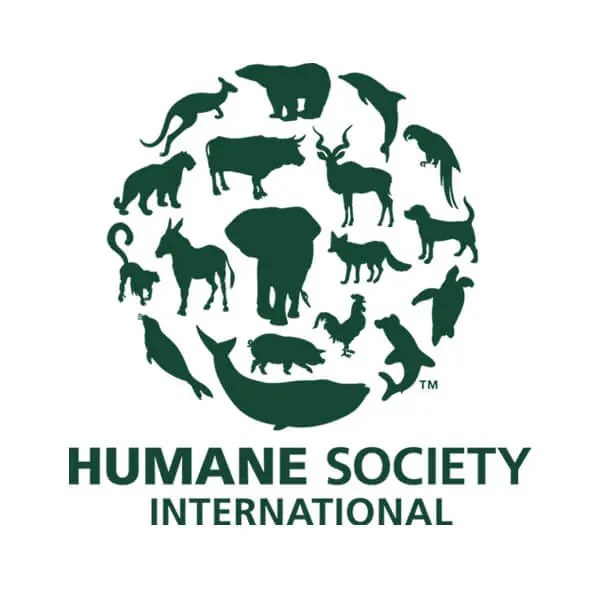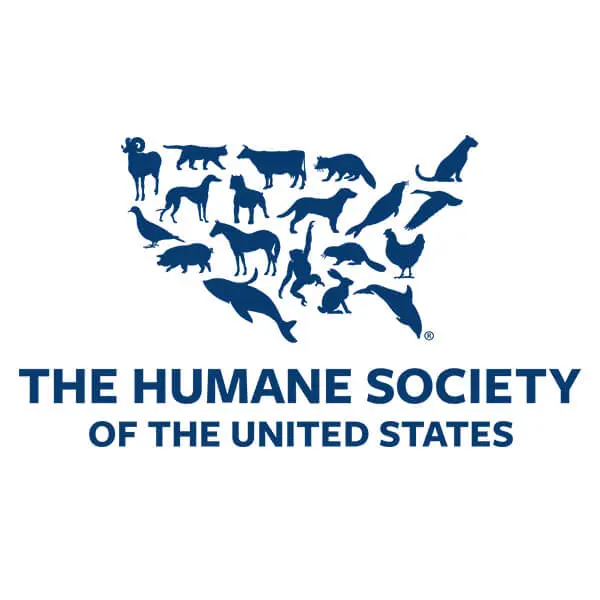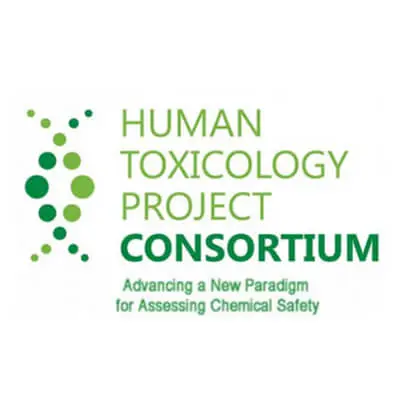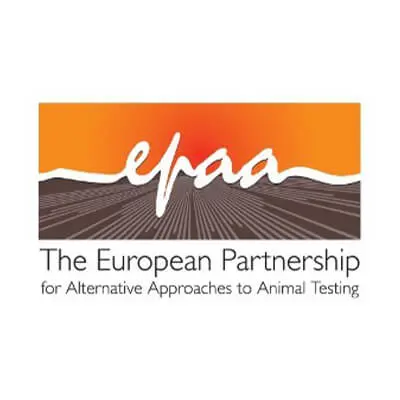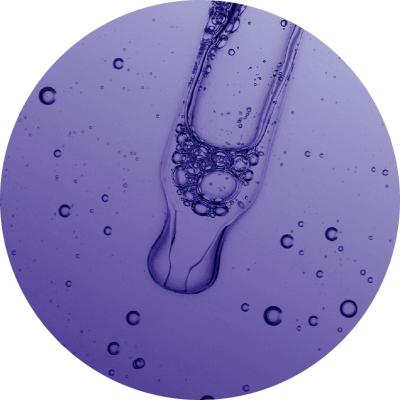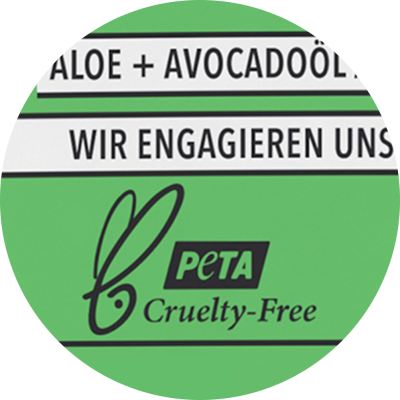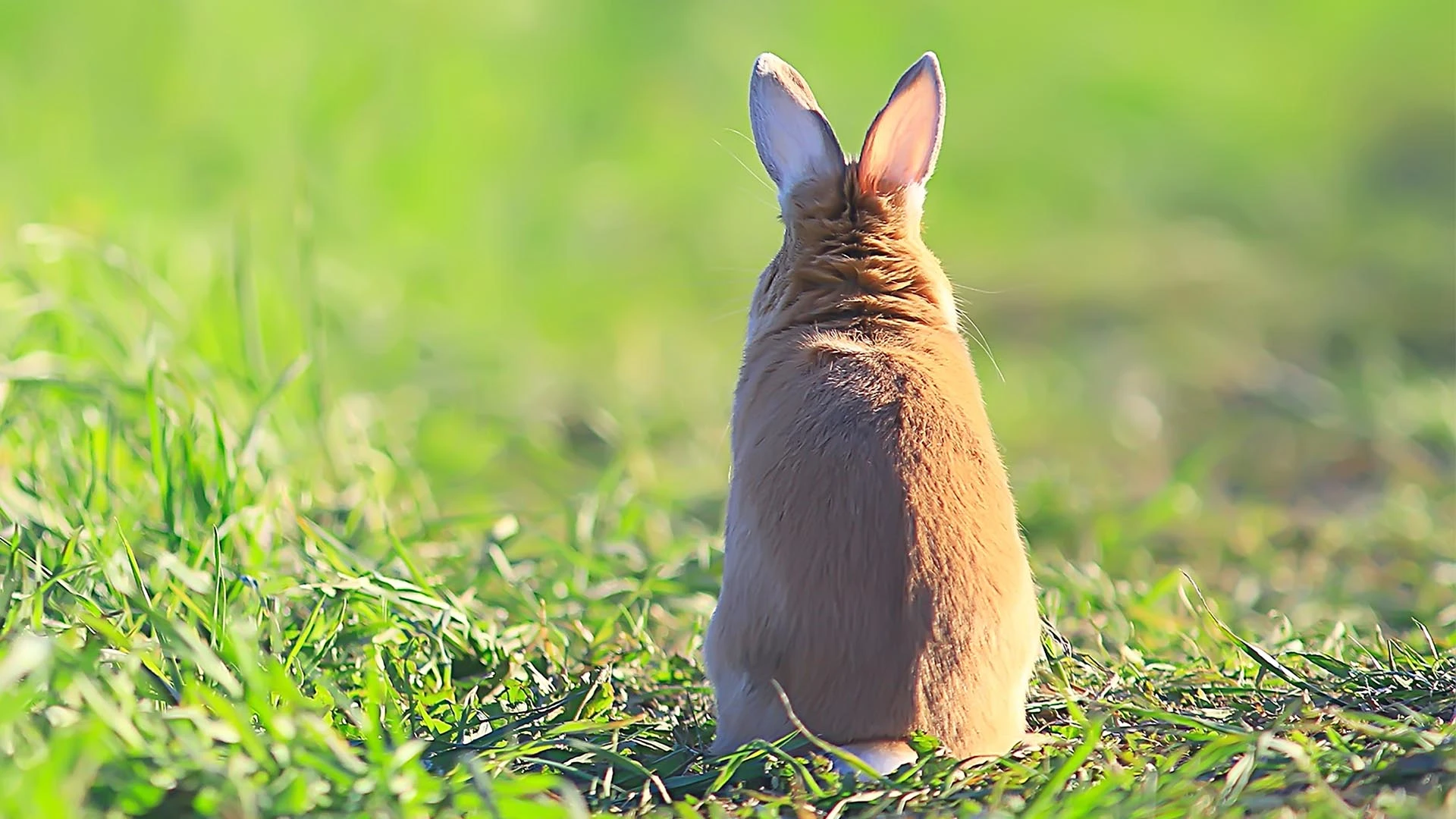
Our Commitment
To #BeCrueltyFree.
We are calling for an end to all animal testing of cosmetic products globally, and we’re proud to partner with Humane Society International’s #BeCrueltyFree Campaign to advance that vision.
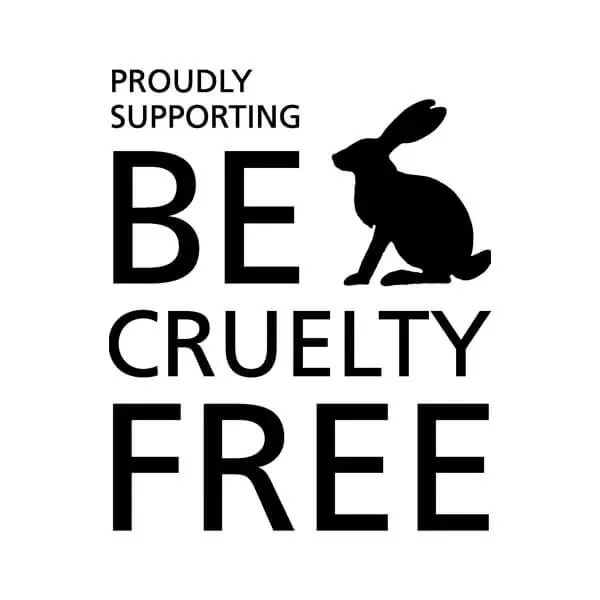
Our support of #BeCrueltyFree is another step in our long-term commitment to make animal testing obsolete. Our journey began over 40 years ago through ongoing research, investment and partnerships to develop and promote the use of alternatives to animal testing. These efforts have contributed to the greater good, enabling us and others to develop products that have not been tested on animals. Our contributions include:
Investing more than $480 million over 40 years in alternatives to animal testing, our researchers pioneering over 25 non-animal methods, publishing more than 1,000 scientific articles.
Partnering with leading international animal welfare organizations, academia, and industry coalitions to promote use of non-animal, cruelty-free methods around the world.
Advocating for public use of non-animal methods and adoption by scientists and policy makers around the world for over 25 years.
Working Together to End Animal Testing
P&G has invested in non-animal test method development for decades and is partnering with leading international animal welfare organizations, academia, industry coalitions and policy makers to promote alternatives to using animals. Together, we have achieved a great deal which includes stopping animal testing for our cosmetics products many years ago. In fact, P&G no longer animal tests any consumer product unless required by law and we are committed to make animal testing obsolete.
Testimonials

For more than 20 years, the Humane Society family of organizations has collaborated with Procter & Gamble to advance the development and regulatory acceptance of non-animal testing approaches. We are excited to welcome P&G as an official supporter of our #BeCrueltyFree campaign to achieve a legislative end to cosmetic animal testing and trade in all major cosmetic markets worldwide.

We’re pleased to support the Humane Society International in the quest to end cosmetic animal testing. Already, Procter & Gamble has invested more than $480 million over the past 40 years in developing non-animal test methods and we will continue to be a force for good in this field as we work together to end animal testing for good.

PETA is delighted to be working with Procter & Gamble in certifying its products as cruelty-free and in ending requirements for these tests by regulatory authorities. Our partnership on this vitally important issue is a win-win for the animals and for consumers.
P&G Helps Save Ralph
P&G supports #SaveRalph, Humane Society International’s Campaign Calling for the Global Elimination of Cosmetics Animal Testing



